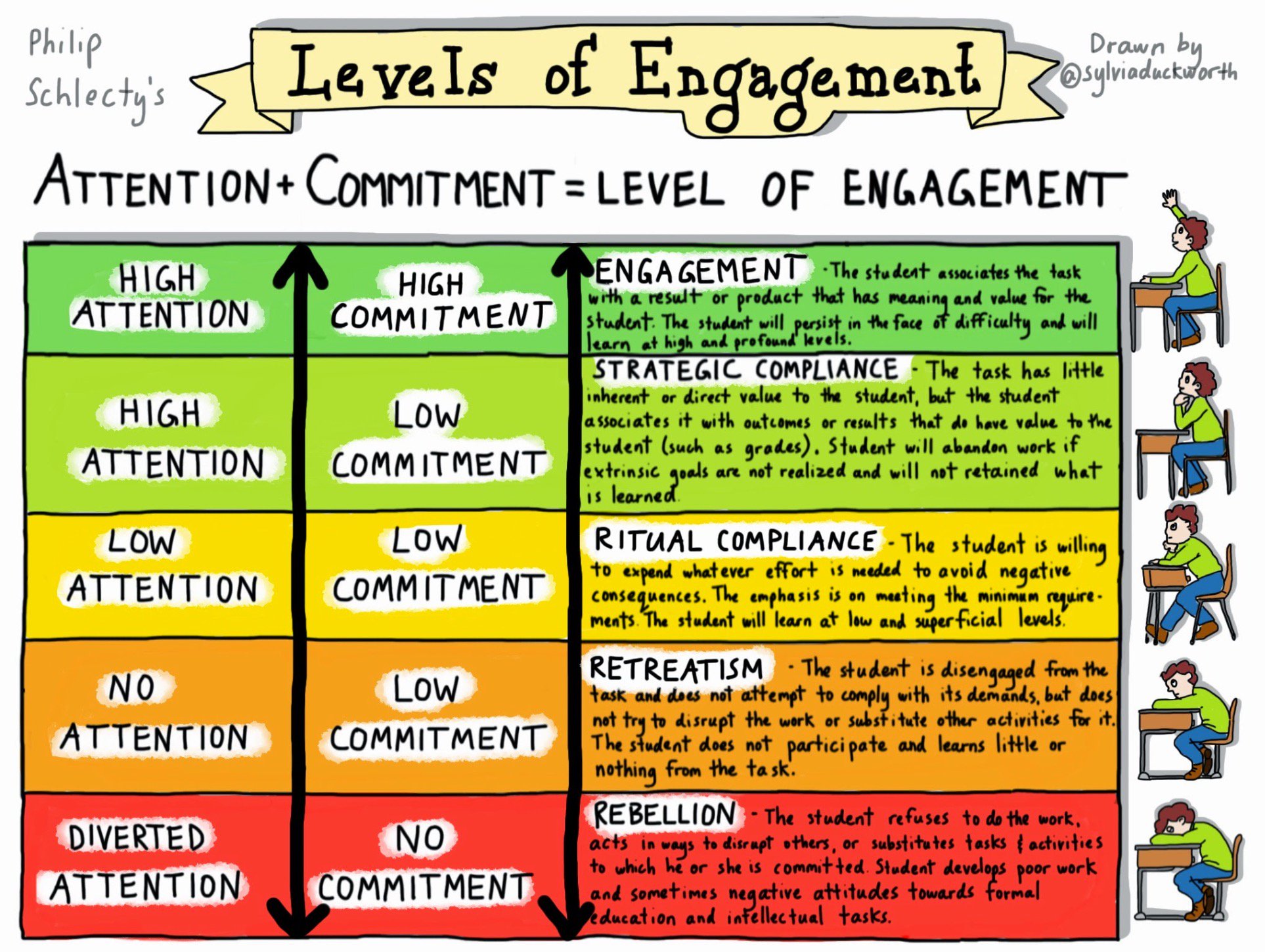Community in Education (EDU/X): Part 1
For those of you that have been following my journey for a while, you know I’m passionate about a concept called EDU/X (just pronounced every letter, don’t hurt yourself). A few previous posts on the topic are Version Numbers, Live Sports, and EDU/X Strategy.
The Cliff’s Notes version of EDU/X is that it’s:
- Based on U/X or user experience design, which focuses on what happens when our product or idea comes into contact with the world.
- It is a way of thinking about designing education experiences that have an (intentional and specific) impact on the learners.
- Takes into account our actual learners since we know exactly who we serve with our work.
Now back to our regularly scheduled episode…
Determining our impact and the experiences we are designing to deliver that impact are vital to our success in education. Impact is a word that I don’t take lightly – I created a team within a Fortune 500 organization specifically called Education Impact. When we are thinking about the impact we have on those around us and the learners in our care, we focus on BUILDING COMMUNITY, CREATING CONNECTIONS, and FACILITATING GROWTH.
At its core, building community is about the interconnected nature of people- what brings them together, how they interact, how they form bonds, and how that larger community begins to serve the needs of the group. It is complex. It is difficult to measure. As Mitch Resnick from MIT once shared, we need to focus on measuring things that are important, not just things that are easy to measure.
A complex system warrants a different way of thinking about measurement. I like to think of measurements of community as a series of matrices or scales, where the experiences we design and the communities themselves can be described through different lenses. The first three lenses (of 6 current) are described below. The last three will be part of a future post.
Exclusive -> Inclusive
As you seek to build a new community, think deeply about WHO you seek to include. If your target audience is all seeking one very specific outcome, like new and emerging teachers of students with disabilities in Florida that are interested in increasing STEM opportunities in their classrooms and meeting up in person, you may want to build a specific, exclusive group for that audience. If your community benefits from power in numbers, like global educators making an impact through technology, you will want to design a community that is as inclusive as possible. Determining your audience is the most important step in deciding on the inclusive practices of your community.
Transient -> Persistent
Is your community going to be something that ideally sticks around forever and benefits from longevity and constantly building on the experiences? Or will your community serve an event-based, point-in-time purpose and then breaks apart? If the experience you are building more closely resembles the latter, make sure you have a planned conclusion to the community so that there isn’t a ghost community shell out there in the ether.
Also think about the community experience through this lens: will folks come to this community once to get a piece of information that they need and then disengage or is the experience meant to be persistent, a pinned tab (h/t:Melissa Benson)? A community experience designed around persistent engagement has a different set of principles around content development, regularity of posting, group interactions, and many other factors than that meant to be “one and done”.
Free -> Paid (one time or subscription)
This can be a difficult decision as you plan the future of your community. Some communities, like many social networks, only really work once they reach critical mass since the power of the community is in the size of the community. For these, cost may be a barrier. Others, like those where people come to get information from trusted, verified experts in their field, might benefit from a tightly curated moderator and contributor model that charges a premium for bringing together such a specialized skill set to the benefit of its members.
Once you’ve made the decision to go paid, then the structure and amount of payment comes into play- does your community and desired audience lend itself more to the regular payment of a subscription model or a lump sum payment for initial access? Will there be different tiers of access that you can implement? What additional value might you provide for a premium membership as compared to the standard membership?
The final and most important question when it comes to cost might be, “how does the free or paid decision play out in the experience of the members and being a part of this community?
Up next time are three additional lenses (Open -> Structured, Tactical -> Strategic, Member -> Creator) with which to look at your community and to use to develop common languages and goals around its design and subsequent success.
Be sure to subscribe so you can get notified when a new post drops!
Community in Education (EDU/X): Part 1 Read More »





